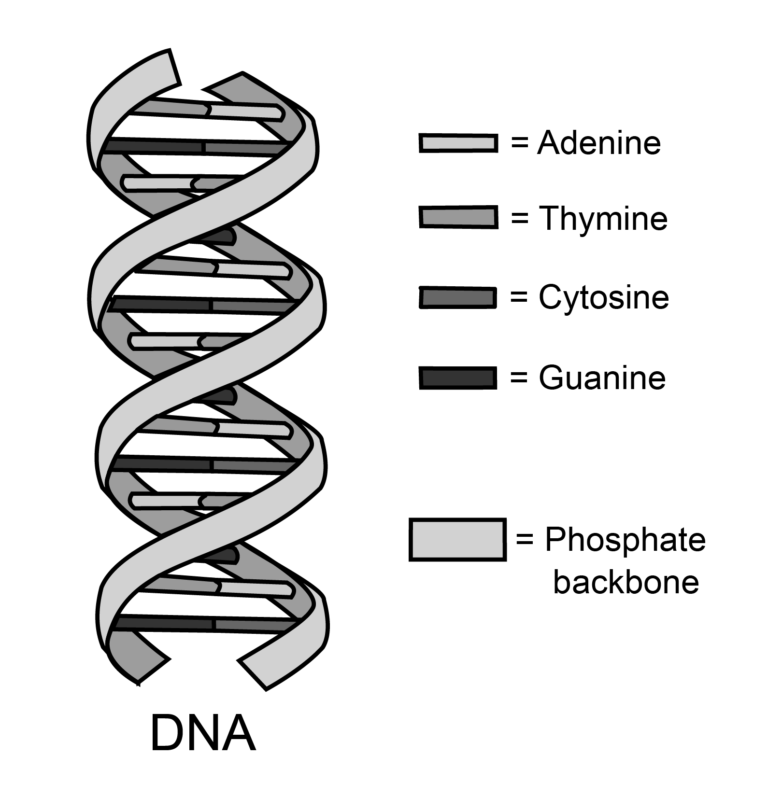

However, EndoQ shows no activity toward normal (undamaged) DNA and, unlike EndoV ( 28), it does not recognize mismatched bases as substrates. In addition to DNA strands containing deaminated bases, EndoQ also cleaves the phosphodiester bond 5′ of AP lesions in DNA. EndoQ is structurally and mechanistically distinct from EndoV and cleaves the phosphodiester bond immediately 5′ of 2′-deoxyuridine (dU) or dI in either single-stranded or double-stranded DNA to generate 5′-phosphate and 3′-hydroxyl termini ( 27). Recent studies by Ishino and colleagues have identified a novel enzyme from archaea and some bacteria, designated endonuclease Q (EndoQ), which exhibits a unique dual specificity for U and Hx in DNA ( 25 – 27). In prokaryotes, endonuclease V (EndoV) cleaves the second phosphodiester bond on the 3′ side of deoxyinosine (dI: 2′-deoxynucleotide form of Hx) in double-stranded DNA, which has been proposed to initiate an alternative excision repair pathway for deaminated purine bases ( 22 – 24). In eukaryotes, U:G mismatches generated as a result of cytosine deamination are also repaired by the mismatch repair pathway ( 21). The Uracil-DNA glycosylase (UDG/UNG) and alkyladenine DNA glycosylase excises U and Hx from DNA, respectively ( 19, 20). A highly conserved base excision repair pathway entails removal of U or Hx base from DNA by a lesion-specific N-glycosylase, followed by repair of the resulting apurinic/apyrimidinic (AP) lesion by the concerted action of DNA endonuclease, polymerase, and ligase enzymes ( 16 – 18). Enzymatic cytosine deamination also contributes to human diseases in multiple human cancers, genomic mutations introduced by the APOBEC family of single-stranded DNA cytosine deaminases play major roles in tumor evolution, promoting the development of metastases and chemotherapeutic resistance ( 13 – 15).Īs premutagenic lesions, deaminated DNA bases are repaired by multiple cellular pathways. Because of its sensitivity to temperature, the hydrolytic cytosine deamination is also thought to have contributed to the rapid evolution of organisms on a warm earth ( 12). Deamination of adenine base in DNA is slower but still occurring at 2 to 3% the rate of cytosine deamination ( 10, 11). Spontaneous deamination of cytosine is estimated to occur over 100 times per mammalian cell per day and is a significant source of mutation that accounts for approximately half of all known pathogenic single nucleotide polymorphisms in humans ( 6 – 9). The loss of the exocyclic amino group from cytosine (C) and adenine (A) bases in DNA generates uracil (U) and hypoxanthine (Hx), respectively, which mimics thymine (T) and guanine (G) in base-pairing capacity and if left unrepaired, leads to point mutations upon DNA replication ( 4, 5). Furthermore, we demonstrate that the unique activity of EndoQ is useful for studying DNA deamination and repair in mammalian systems.ĭeamination of the nucleobases is one of the most common types of damage in DNA, which can result from spontaneous hydrolysis, nitrosative stress, or activities of cellular deaminase enzymes ( 1 – 3). The EndoQ–DNA complex structures reveal a unique mode of damaged DNA recognition and provide mechanistic insights into the initial step of DNA damage repair by the alternative excision repair pathway. Within this pocket, uracil and hypoxanthine bases interact with distinct sets of amino acid residues, with positioning mediated by an essential magnesium ion. A concerted swing motion of the zinc-binding and C-terminal helical domains of EndoQ toward its catalytic domain allows the enzyme to clamp down on a sharply bent DNA substrate, shaping a deep active-site pocket that accommodates the extruded deaminated base.

The structures show that substrate engagement by EndoQ depends both on a highly distorted conformation of the DNA backbone, in which the target nucleotide is extruded out of the helix, and direct hydrogen bonds with the deaminated bases. To understand how EndoQ achieves selectivity toward these structurally diverse substrates without cleaving undamaged DNA, we determined the crystal structures of Pyrococcus furiosus EndoQ bound to DNA substrates containing uracil, hypoxanthine, or an AP lesion. Endonuclease Q (EndoQ) initiates the repair of these premutagenic DNA lesions in prokaryotes by cleaving the phosphodiester backbone 5′ of either uracil or hypoxanthine bases or an apurinic/apyrimidinic (AP) lesion generated by the excision of these damaged bases. Spontaneous deamination of DNA cytosine and adenine into uracil and hypoxanthine, respectively, causes C to T and A to G transition mutations if left unrepaired.


 0 kommentar(er)
0 kommentar(er)
